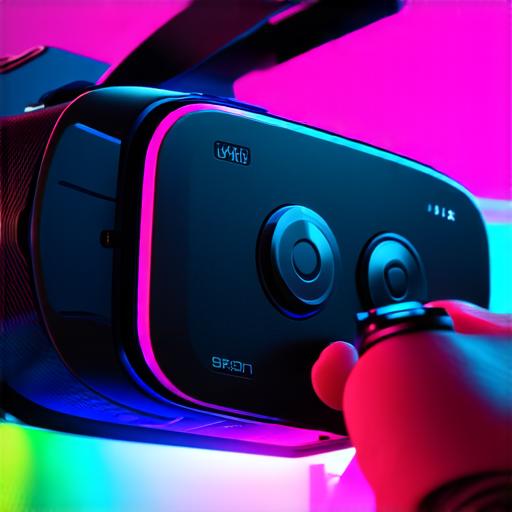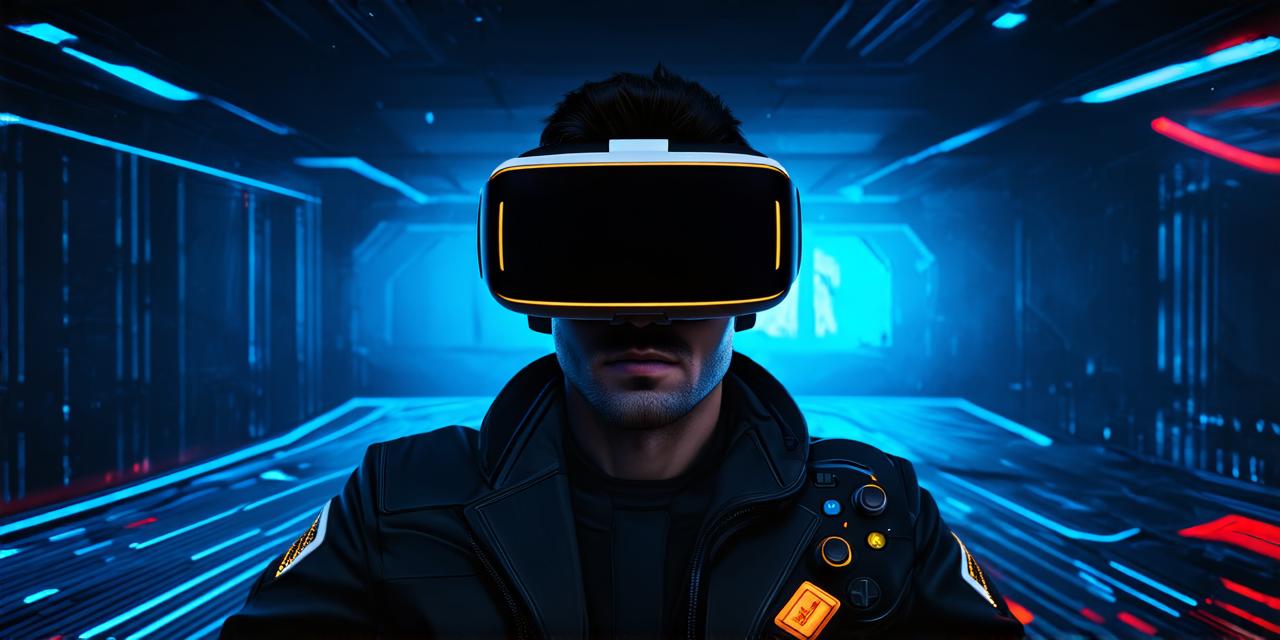Virtual reality (VR) technology has been around for several decades, but it’s only in recent years that we’ve seen a rapid increase in adoption and innovation. From gaming to healthcare, VR is changing the way we interact with the world and each other.
Introduction: The Rise of Virtual Reality
Virtual reality technology first emerged in the 1960s, but it wasn’t until the late 1990s that we saw the first commercial VR systems. Since then, there has been a rapid advancement in both hardware and software, making VR more accessible and affordable to a wider range of users.
One of the key drivers behind the rise of VR is the increasing demand for immersive experiences. Whether it’s gaming, training employees, or providing medical treatment, people are looking for ways to engage with technology in a more meaningful way. VR offers a unique opportunity to create these experiences and provide users with a level of immersion that was previously impossible.
The Impact of Virtual Reality on Different Industries
Virtual reality technology has already had a significant impact on several industries, including gaming, healthcare, education, and tourism. Let’s take a closer look at each of these areas to see how VR is changing the way we interact with them.
Gaming: The Future of Gaming is Virtual
The gaming industry has been one of the early adopters of virtual reality technology, and it’s clear that VR is transforming the way games are played and experienced. With VR, players can fully immerse themselves in a game world, interact with characters and objects in a way that was previously impossible, and even feel physical sensations such as fear, excitement, or disgust.

This immersive experience has already led to the development of new types of games, such as first-person shooters, adventure games, and educational games. In fact, many experts predict that VR will become the dominant form of gaming in the coming years, with traditional console and PC games becoming increasingly irrelevant.
Healthcare: Virtual Reality for Medical Treatment and Training
Virtual reality technology has also had a significant impact on the healthcare industry. In particular, it has been used for medical treatment and training purposes. For example, doctors can use VR simulations to practice surgeries and other procedures, allowing them to gain valuable experience without risking the lives of real patients.
In addition, VR technology can be used to provide patients with immersive experiences that can help alleviate pain and anxiety. For example, patients with chronic pain can use VR simulations to distract themselves from their pain, while patients with anxiety disorders can use VR to confront their fears in a safe and controlled environment.
Education: Virtual Learning for a Better Future
Virtual reality technology also has the potential to revolutionize education. With VR, students can learn in a more immersive and engaging way, allowing them to better understand complex concepts and ideas. For example, students can use VR simulations to explore historical events or scientific principles in a way that was previously impossible.
In addition, virtual reality technology can be used to provide students with access to educational resources from anywhere in the world. This means that students can learn from experts in their field, regardless of their location, and have access to the latest educational materials and technologies.
Tourism: Virtual Tours for a More Accessible World
Virtual reality technology also has the potential to transform the tourism industry. With VR, travelers can explore new destinations and experiences in a way that was previously impossible. For example, they can take virtual tours of museums, historical sites, and natural wonders from the comfort of their own homes.
This accessibility means that more people can experience different cultures and lifestyles, leading to a greater understanding and appreciation of diversity.
